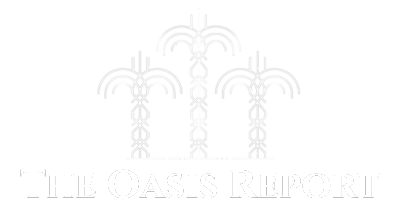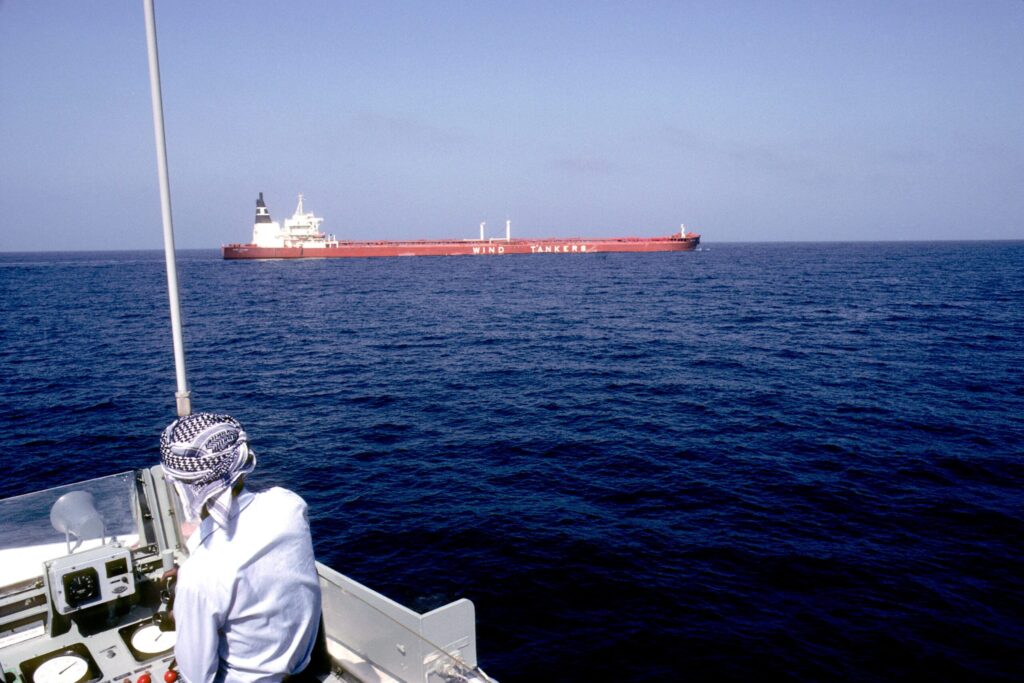How much would global crude markets really miss Iranian oil?
More experienced analysts – used to vertiginous one-day spikes in crude prices at the merest flicker of military confrontation in the Arabian Gulf over many decades – were left posing that question after the oil price took the tumultuous news of American attacks on Iran very much in its stride.
Brent crude jumped above $80 per barrel in early Asian trading, but later fell back, and by the time US markets opened the rise was just over 1 percent, to a more modest level of around $78. Nothing to see here, folks, was the message.
So despite nearly six months of rising tension and confrontation in the Middle East, the world’s biggest oil producing region, the oil price is still below where it spiked in mid-January on the back of some extra sanctions against Russia.
Leaving aside some of the wilder conspiracy theories, there was a very simple reason for the apparent crude inertia: energy supplies in the Gulf have not been affected in any way – so far.
That is not to say the regional troubles have left crude prices completely untouched. Since June 12, when reports of American evacuation of some embassy staff first surfaced, Brent crude is about 12 percent higher.
But – and again, so far – neither Israel nor the US have targeted critical energy infrastructure in the region.
Analysts are agreed that it would take an attack on the Iranian oil refinery at Abadan, or the exporting hub at Kharg Island, to seriously move the needle. That might add as much as $15-$20 to the price of a barrel.
Beyond that, the long-threatened closure of the Strait of Hormuz would push oil markets to real spike levels.
London consultancy Capital Economics Capital Economics said a long-lasting conflict in the Gulf involving attacks on shipping and energy transit could result in crude prices in a band between $130-$150 per barrel.
By then we would probably be in a Gulf War III scenario, though, and all bets would be off. There seems little point in trying to second guess an endless cycle of Israeli, American and Iranian retaliation and counter-retaliation, but obviously each round would ratchet up the oil price.
But you have to assume that the US and the regional Gulf governments have very definite plans to prevent any blockage of the Strait, or at least make it very short-lived.
Thankfully, with threats to supply widening, it is good to know that there is plenty of oil available in the region, and in the world, and this is the second main reason crude markets failed to spike on Trump’s Operation Midnight Hammer.
For the past three months, the Opec+ alliance of producers led by Saudi Arabia and Russia has been adding back barrels from the voluntary cuts package introduced to balance markets after the Covid crisis.
That means there are now nearly 1.4 million barrels more on the market than there were on April 2 – Trump’s “Liberation Day” – that heralded financial and economic turbulence in world trade, itself a prelude to the rising geopolitical tensions in the Gulf region.
The Opec+ decision to begin raising output that very day seemed perverse at the time, but with hindsight it was something of a masterstroke. Now, there is more oil in global inventories and more capacity to compensate for any loss of Iranian supply.
The foresight of Opec+ in anticipating the situation the Gulf finds itself in today is to be commended. It is almost as if they saw it coming.
Oil ministers are due to meet again early next month, with most experts agreeing that they will put another 411,000 barrels back on the market.
Make no mistake, the world, and especially China, would very much notice the absence of Iranian exports, of which there are about 2 million barrels per day. Nor is this to minimise the profound economic effects that would have on the lives and livelihoods of long-suffering Iranians.
But if there were any good time to go without Iranian barrels, it is probably now.
Frank Kane is Editor-at-Large of AGBI and an award-winning business journalist. He acts as a consultant to the Ministry of Energy of Saudi Arabia



